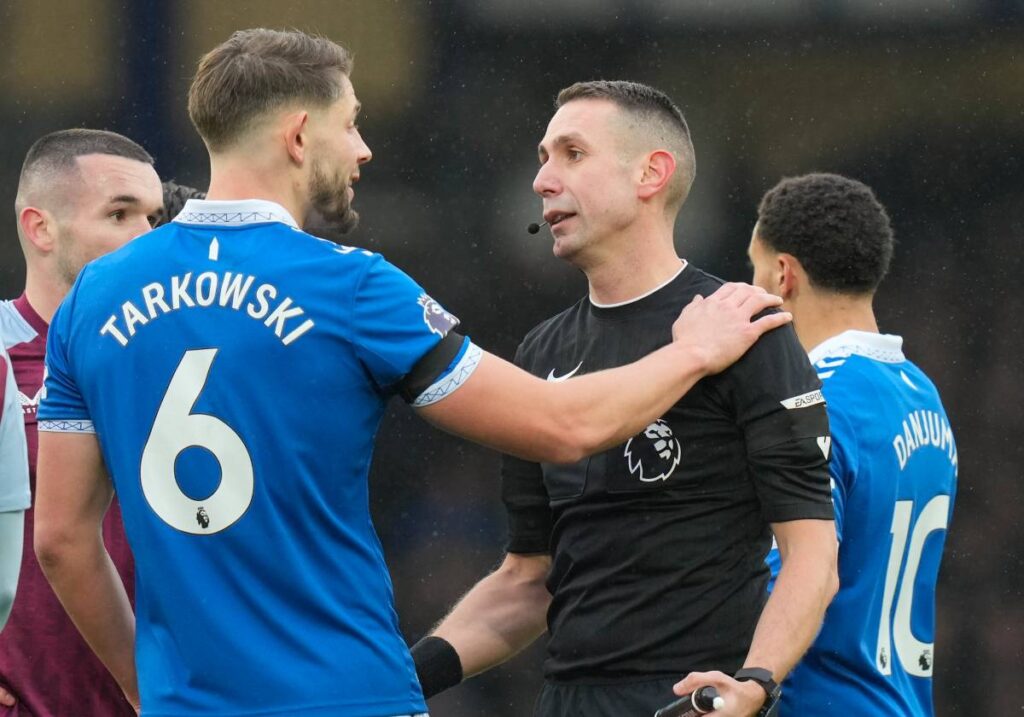Football
What is the blue card rule that will be introduced in football and how will it work?
After the International Football Association Board (IFAB) announced the introduction of blue cards on Friday 8 February, football may be in for a big change in the coming days. The IFAB, football’s legislative body, will follow the new concept. So let’s take a closer look at the matter.

After the International Football Association Board (IFAB) announced the introduction of blue card on Friday 8 February, football may be in for a big change in the coming days. The IFAB, football’s legislative body, will follow the new concept. So let’s take a closer look at the matter.
How does the current system work?
Currently, a two-colour card system is used. With the colour of the card determining the severity of the foul or infringement. A player receives a yellow card for fouls or interruptions to the flow of play when the opposing team is in control of the game.
There may be several other incidents for which the referee may issue a yellow card to a player. Such as taking off his shirt without permission or excessive celebration after scoring a goal. However, after receiving a yellow card, the player still remains on the pitch.
Effects of the introduction of the blue card
As it stands, red cards remain the highest penalty that results in a player being suspended for one or more matches.
Yellow cards remain the second highest penalty and can lead to a ban for a player who receives several of them during the season. Blue cards are likely to replace yellow cards as the second highest order of punishment as the player will be suspended.
Since the partial introduction of blue cards in 2018, the Football Association has seen an overall 38% reduction in cases of unsporting behaviour. If this continues to be the case, it is expected that the discipline of players on the pitch towards officials and opposition players will improve.
It is also expected that more cynical interventions, which are not in the red card range but are more serious than yellow card offences, could lead to blue cards.
This will also help players avoid a match ban for a serious foul. However, as this is a more serious case than a yellow card, a player could still end up with a ban after receiving a blue card.
When could blue cards be introduced?
Blue cards are still on trial and will be introduced when they meet with a good response and less criticism of the system. The introduction of video assistant referee (VAR) by the IFAB was also initially met with much opposition. Eventually it was accepted after much criticism.
The English FA will be cautious given the circumstances surrounding the introduction of VAR in the Premier League. The FA could use blue cards first in the League Cup and FA Cup before introducing them in the Premier League.
Source: IFAB






